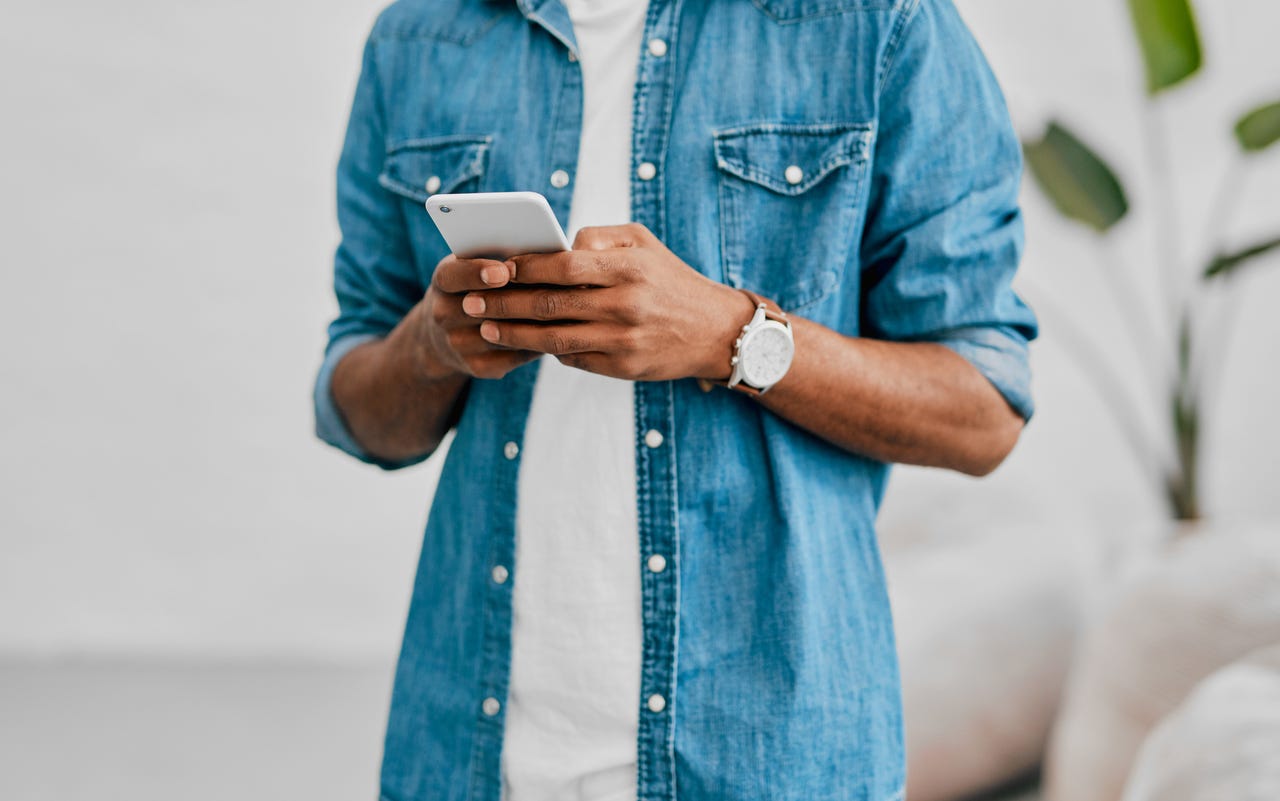'ZDNET Recommends': What exactly does it mean?
ZDNET's recommendations are based on many hours of testing, research, and comparison shopping. We gather data from the best available sources, including vendor and retailer listings as well as other relevant and independent reviews sites. And we pore over customer reviews to find out what matters to real people who already own and use the products and services we’re assessing.
When you click through from our site to a retailer and buy a product or service, we may earn affiliate commissions. This helps support our work, but does not affect what we cover or how, and it does not affect the price you pay. Neither ZDNET nor the author are compensated for these independent reviews. Indeed, we follow strict guidelines that ensure our editorial content is never influenced by advertisers.
ZDNET's editorial team writes on behalf of you, our reader. Our goal is to deliver the most accurate information and the most knowledgeable advice possible in order to help you make smarter buying decisions on tech gear and a wide array of products and services. Our editors thoroughly review and fact-check every article to ensure that our content meets the highest standards. If we have made an error or published misleading information, we will correct or clarify the article. If you see inaccuracies in our content, please report the mistake via this form.
How to create a shortcut to your Android Downloads folder on your home screen


When you download files on your Android device, they are automatically saved in the Downloads file within the internal storage. The folder is easily accessed from within the Files app, but for those who want easier, faster access, there's a shortcut you can use. This shortcut can live on your Android home screen or within a folder on your home screen.
Also: The best Android phones right now
But why would you want to use a shortcut for a folder that's easily accessible? Consider this: You're going on vacation and you have a number of confirmation documents, reservation information, and tickets for various events. As you're on the go, away from home, you don't want to have to always open Files, navigate to the Download folder, and then open the file in question. No. You want immediate access to those downloads. This is especially true when you're waiting in a busy line or bustling through an airport or unfamiliar city street. You want everything accessible as quickly and easily as possible.
Let me show you a very simple solution.
How to create a shortcut to Downloads
What you'll need: The only thing you'll need is an Android device with an updated OS. It doesn't have to be Android 13, but it should be as recent a release as your phone supports. That's it. OK, let's simplify your life a bit.
1. Add the Files app to your home screen
The first thing to do is add the Files app to your home screen. To do this, open the Android App Drawer and locate the Files launcher. Tap, hold, and drag that launcher until it's on your home screen. If you want, you can then drag that launcher into a folder (or create a folder by dragging it onto another launcher). The important thing is that the Files launcher is on your home screen somewhere.
You'll find the Android file manager app, Files, in the App Drawer.
2. Add a shortcut to Downloads
Long press the Files launcher to reveal a popup menu, which includes entries for Downloads, Clean, and Share. At the top of that popup is the Pause button, which allows you to pause an app for the day (to prevent you from using it). Long press the Downloads entry and then drag it onto your home screen.
Also: How to add reading mode to your Android devices
Like the Files launcher, you can place the Downloads shortcut on your home screen or within a folder. If you prefer a clean home screen, drag the launcher into a folder. It'll be one more tap required to access the folder, but if a home screen filled with launchers causes confusion, stress, or clutter, that extra tap will be worth it.
You get quick access to Downloads, Clean, and Share from the Files popup.
Accessing Downloads
Once you have the shortcut on your home screen (or in a folder), all you have to do is tap it and the Files app will open to your Downloads directory, where you can access all of the files you've downloaded.
I've placed the Downloads shortcut in a folder on my Android home screen.
And that's all there is to it. This quick tip will save you time and confusion when you're having to scramble to locate a particular file and time is of the essence.